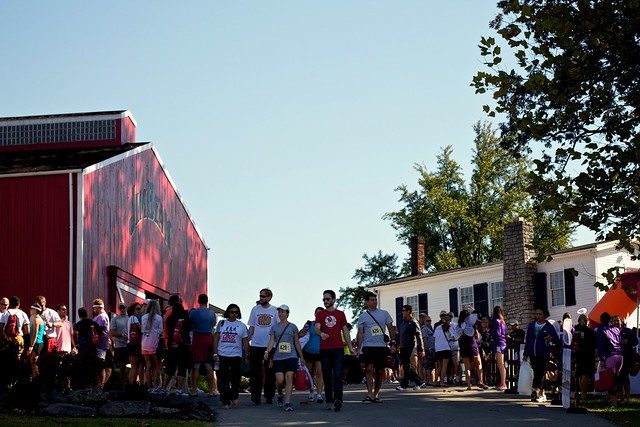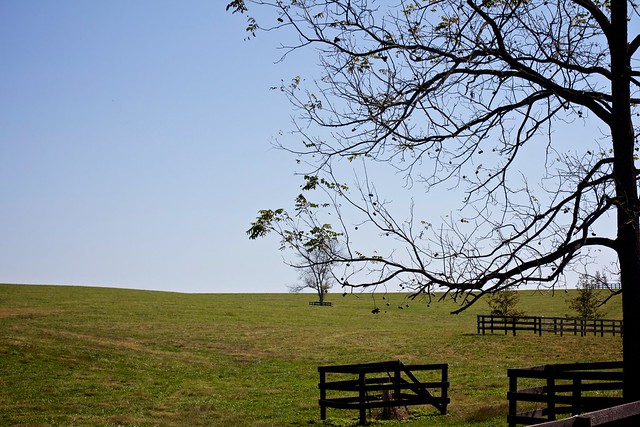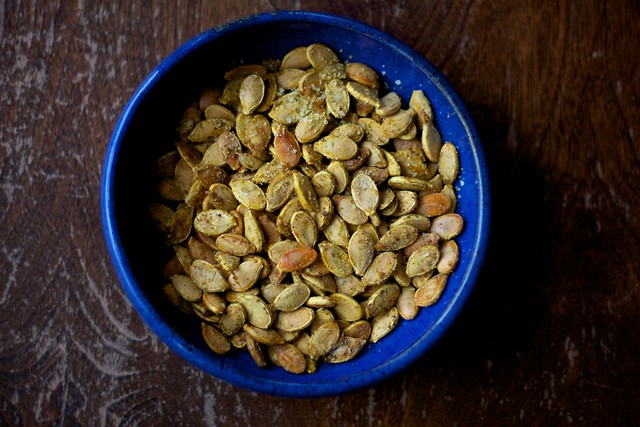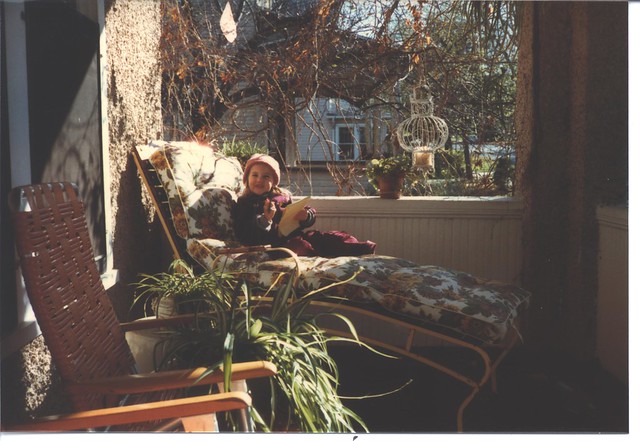Herb Roasted Red Kuri Squash & The Kentucky Bourbon Chase
/In early October I left my Thursday night Interface Design class and headed straight to Louisville, Kentucky. It was my first visit to this lovely state and I was excited to explore while running in the Bourbon Chase - a 12 person, 200 mile relay race through distilleries, horse farms, and charming small towns. While training for the big event, we also raised over $6,000 for the National Hospice Foundation.

Our team began in the afternoon on Friday and ran straight through until the evening - on Saturday! We were able to catch a few minutes of sleep in dewy fields and crowded vans, but for the most part this was an around-the-clock event.

The race began at the Jim Beam Distillery and headed to Bardstown and Heaven Hill Distillery, continuing on to Maker's Mark Distillery, Lebanon, Perryville Battlefield, Stanford, Danville, Harrodsburg, Four Roses Distillery, Wild Turkey Distillery, the Tyrone Bridge, Versailles, Woodford Reserve Distillery, Midway, and finally into Lexington where we enjoyed our much anticipated first taste of Kentucky Bourbon.
I ran with a group of people that, for the most part, I'd never met before. It was a really awesome and intense experience, and I miss them all dearly. It was a wonderful way to make new friends and I'm already looking forward to next year.

Kentucky was unbelievably beautiful. We visited during the peak of autumn colors and were welcomed with inspiring hospitality in every town. We stumbled upon an old abandoned distillery, saw multi-story mash tubs, visited Keeneland, and made a detour to the charming little town of Columbus, Indiana on the way back north. You can find more photos here.

After running 18 miles over 36 hours with little sleep and few proper meals, I've been reveling in kale salads, homemade soup, and autumn squash. I suspect that few of you need a recipe for squash preparation, but let this serve as simple encouragement to enjoy the current seasonal bounty.
Herb Roasted Red Kuri Squash
Ingredients
1 squash
2 Tbl olive oil
2 Tbl butter
Fresh rosemary
Fresh thyme
1 tsp roasted ground cumin
1 tsp sweet curry powder
1 tsp turmeric salt and pepper
Method
Preheat oven to 400F. Cut the squash in half and remove the seeds from the cavity (reserve the seeds, see recipe below). Arrange the squash halves face-up on a heavy baking sheet. Rub the olive oil over the squash (including the skin) and place the remaining ingredients in the squash cavity.
Roast the squash for about 50 minutes. Check the squash periodically and spoon the butter-herb mixture over the rest of the squash surface to season. When you can easily pierce the flesh with a knife, the squash is done. Allow to cool slightly and serve warm. Any leftovers can be tossed with pasta and parmesan for a simple dinner.
Cumin & Parmesan Roasted Squash Seeds
Ingredients
Seeds from one squash 1 Tbl olive oil 1/2 tsp roasted ground cumin salt and pepper to season 2 Tbl grated Parmesan
Method
Preheat oven to 350F.* Remove any large pieces of squash from the seeds and place the seeds in a large bowl. Don't worry if a bit of squash remains on the seeds.Toss with the olive oil, cumin, and salt and pepper.
Spread the seeds evenly over a heavy baking sheet lined with a Silpat mat or parchment paper. Bake for 20 to 30 minutes or until the seeds are golden brown. Check and stir frequently.
When the seeds are done, remove them from the oven and allow to cool slightly. Transfer to a large bowl and toss with the grated Parmesan.
*(You can also put them in the oven with the squash at 400F. Just watch them carefully.)























